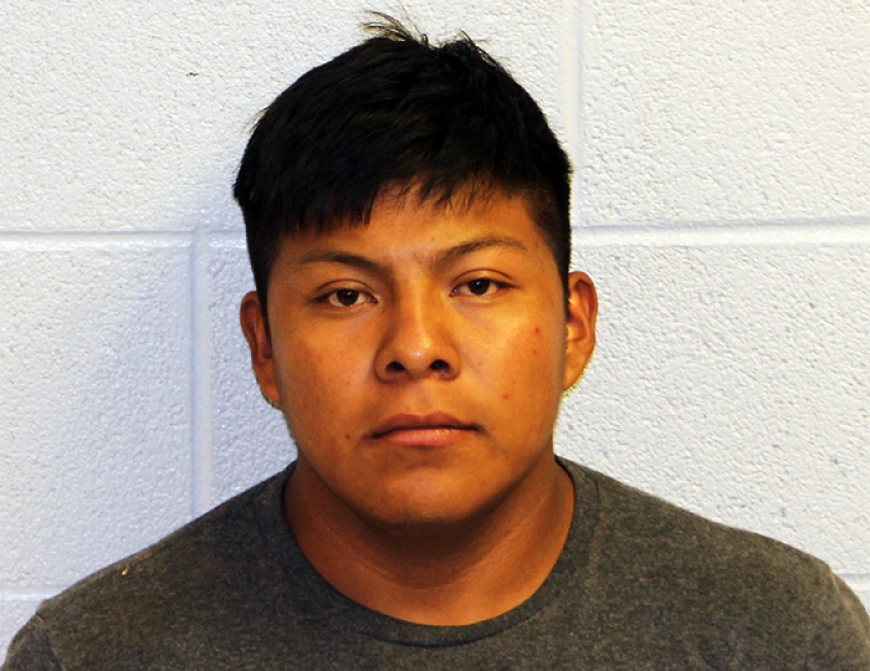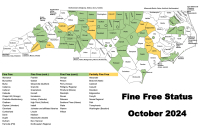Hernandez pleads guilty in motorcycle death

Jorge Hernandez, arrested last year after crashing into a motorcyclist on N.C. 107 near Glenville, killing him, pleaded guilty Tuesday in Jackson County Superior Court, Assistant District Attorney Chris Matheson said.
Senior Resident Superior Court Judge Bradley B. Letts sentenced the 22-year-old Cashiers resident to an active term in prison. He will serve a minimum of 54 months and a maximum of 77 months in the N.C. Department of Corrections.
State-mandated laws dictate maximum and minimum sentences allowed in court, based on the severity of the crime, the criminal record of the defendant and aggravating and mitigating factors.
Hernandez pleaded guilty to one count of felony death by motor vehicle and one count of felony hit and run resulting in death and/or serious injuries, according to Matheson, a prosecutor for District Attorney Ashley Hornsby Welch, who oversees the 43rd Prosecutorial District.
Judge Letts consolidated the charges for sentencing. Hernandez received credit for 443 days pretrial confinement, and he was ordered to pay $2,255 in restitution and $2,775 in attorney’s fees.
Here’s what happened:
On Sept. 15, 2019, just after 5 p.m., Hernandez and Richard Bartnik met with fatal result on N.C. 107 in a notoriously steep curve that locals call Cabbage Curve.
Hernandez – who would later admit he’d been drinking – was southbound, heading toward Cashiers. Bartnik was northbound on his 2011 Suzuki motorcycle, driving down the steep mountain and toward Cullowhee and Sylva.
Investigators said that Hernandez’s pickup veered to the left, crossed the two-lane highway’s center line and hit Bartnik’s motorcycle head on, killing him instantly.
Bartnik’s wife managed to swerve her motorcycle out of the pickup truck’s path of travel and to safety. Bartnik was a native of Milwaukee, Wisconsin. He was a veteran and a retired City of Milwaukee fireman.
At the crash scene, investigators found beer, including an open bottle, in Hernandez’s 2003 GMC Sierra pickup truck. The driver had fled.
A witness provided investigators with a physical description. About two hours after the wreck, two Jackson County deputies found and arrested Hernandez on Cullowhee Mountain Road.
They noted his eyes were red and glassy, and that he smelled of alcohol. Using mathematical analysis and a blood sample, a forensic expert calculated that at the time of the crash, Hernandez, if tested then, would have registered well over North Carolina's legal limit of .08: at the very least, .14.
Explainer:
How is sentencing determined?
Judges in North Carolina have limited powers when handing down sentences. Since 1994, they have used a General Assembly-approved grid chart to make the determinations.
Felony crimes are classified into letter classes (from Class A through Class I), depending on their seriousness. Crimes that involve victim injury or the risk of victim injury are assigned to the highest classes.
Judges calculate the length of prison time using the points, adding still more points for levels of criminal history.
Other factors also weigh in: habitual felon status and whether the crime was aggravated (when certain facts make the sentence more severe) or mitigated (when certain facts make the sentence less severe).
Offenders must serve 100 percent of the minimum sentence and 85 percent of the maximum sentence.





